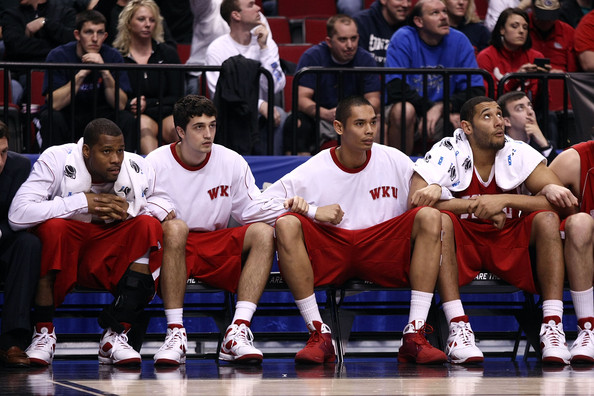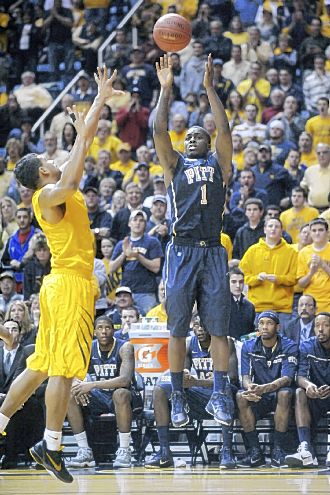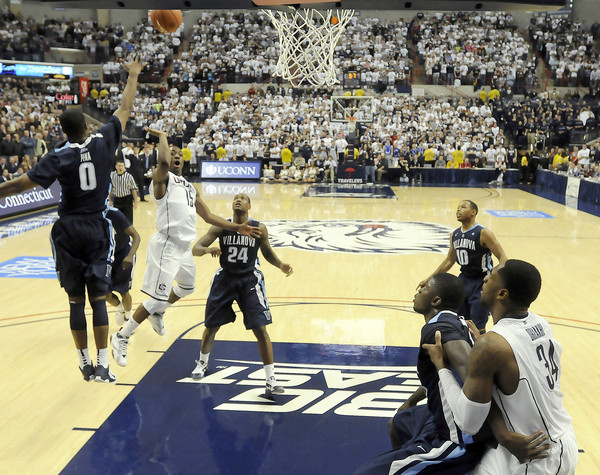Behind the Numbers: Focus and Balance
Posted by KCarpenter on March 9th, 2011Kellen Carpenter is an RTC contributor.
What’s the ideal team look like? Is it five equally skilled players who share the ball and can all defend and score? A super deep team with ten guys who could all start? Does the ideal team have an alpha dog and a clear hierarchy? A dynamic duo? Maybe, a Big Three? If it’s one superstar and role-players, where does the superstar play? Is he a guard or a forward? One of the things that I enjoy most about basketball is that there is no clear consensus on any of these ideas. There is no ideal. Instead, we have a multitude of competing styles on offense and defense, each individual style perfectly capable of winning a championship.
In 2010, the national championship went to a Duke team with a Big Three approach, focused on the perimeter. In 2009, North Carolina won by balancing a primary post option in Tyler Hansbrough with three skilled guards. The Kansas and Florida championship teams leaned heavily on their skilled big men. The point is that there are successful precedents for most styles, independent of focus and number of focal players. Now, despite these precedents, there is a common idea that a limited number of focal players makes a team more vulnerable. Intuitively, this makes sense: it’s easier to stop one player than many. Likewise, if a team has a single focus, like post scoring, it seems intuitively easier to stop that without having to worry about other threats, like perimeter shooting.
These ideas make sense, but I’m not sure they hold up. Teams with a single focal point, a single powerful talent, have been successful. Notably, in 2003, the indisputably Carmelo Anthony-led Syracuse team won it all. In a similar vein, the 2010 Blue Devils’ lack of reliable post scoring didn’t seem to impede their success. So, at least anecdotally, a lack of balance doesn’t seem to be terribly lethal to a team’s hopes for a championship. But, what about the question of depth? Doesn’t having a deeper team help a team win?
Not necessarily. If we look at bench minutes percentage, a measure of how many total minutes were played by non-starters, we can get at least some measure of a team’s depth. Generally speaking, a deep team will have more minutes played by guys on the bench. Last year, the two teams that played in the final, Duke and Butler, finished 1st and 12th in Ken Pomeroy’s Pythagorean rankings. Looking at these contenders and the ten teams that finished ranked between them, there was only a single team that was above the median in bench minutes percentage. Every other team was in the bottom half of bench usage, while many, notably Duke and Butler, were in the bottom fifth. Somewhat surprisingly, the one top team that used the bench at an above average rate was Brigham Young, a team that was primarily known for the singular talents of Jimmer Freddette.















































